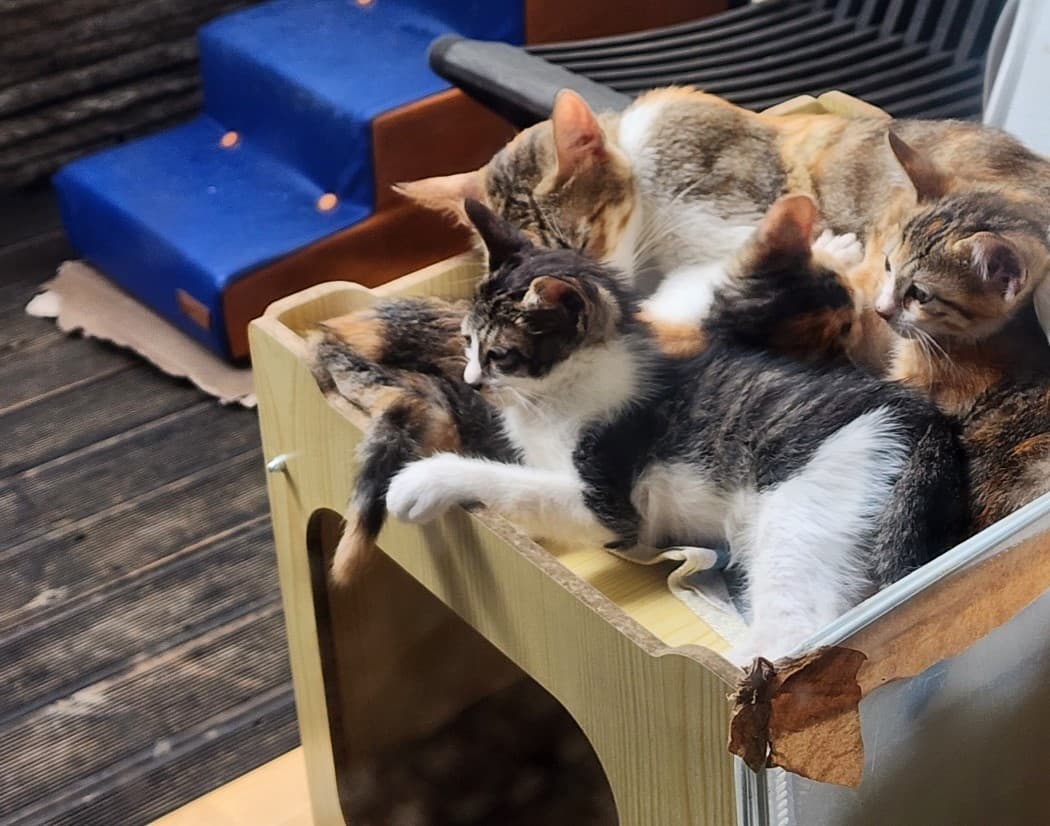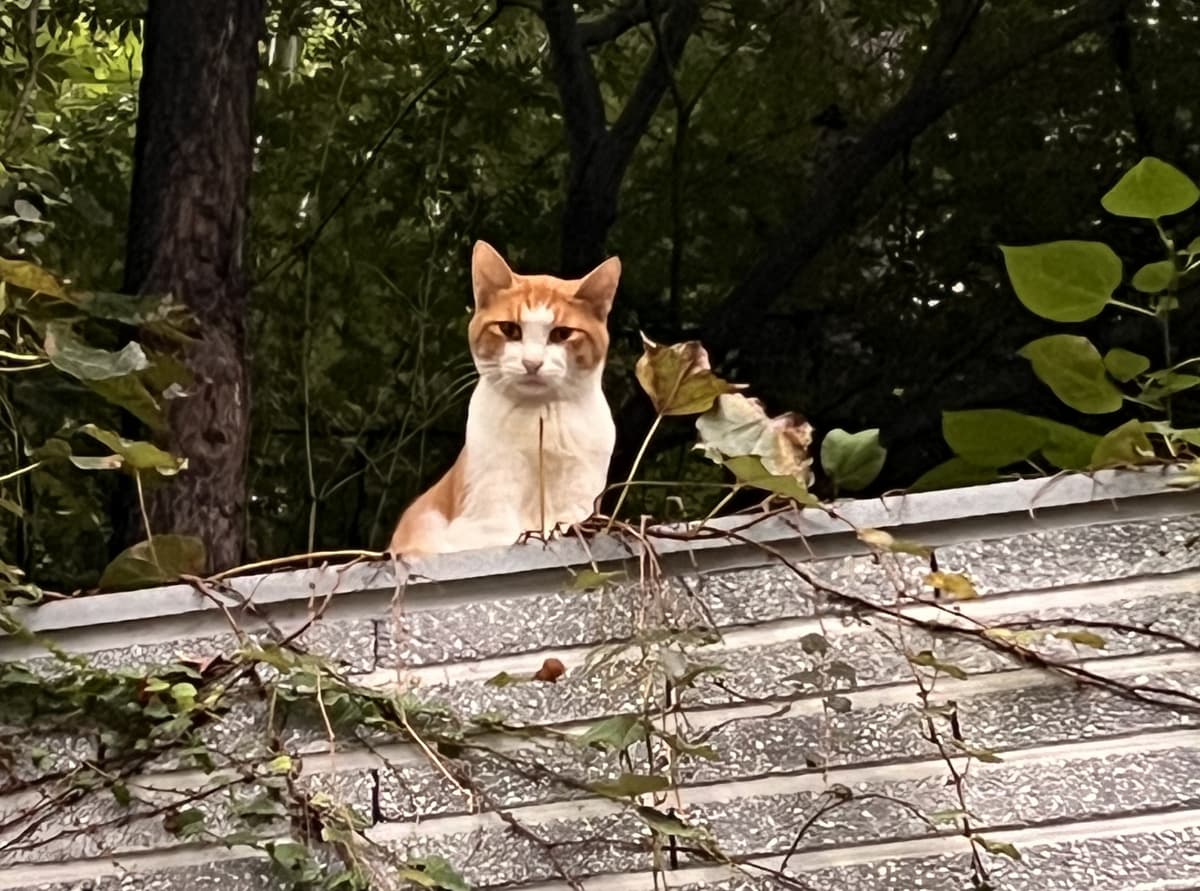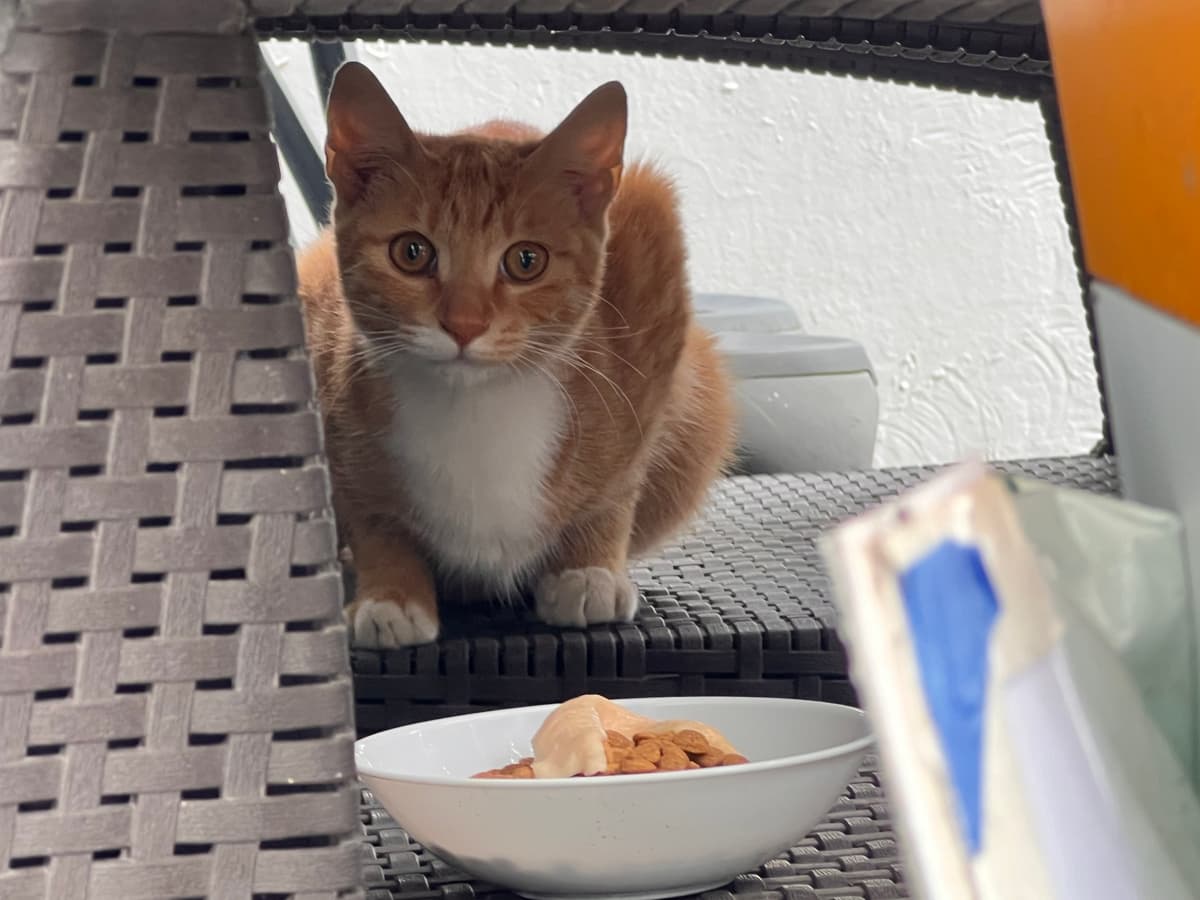Who we are
YongSanCats was born from a simple yet powerful mission
to provide care, love, and a better life for stray cats in need.

Since our journey began, dedicated volunteers and supporters have played a crucial role in every rescue, every meal served, and every life saved. From emergency rescues to community outreach, we are committed to creating a world where every cat is valued and protected.
Today, the YongsanCats family continues to grow. From rescuers and caregivers to our supporters around the world, we all share a common goal—to give stray cats a second chance at life and a place to call home.
Vision

Rescue should always be about saving lives, not titles or positions. Yet, in many cases, resources meant for animals don’t fully reach them. Whether due to inefficiencies, lack of transparency, or mismanagement, the impact of donations isn’t always as clear as it should be ...Read more about the vision.
Mission
As a one-person private rescuer, my daily mission begins with feeding over 50+ stray cats across my town, creating a sense of safety and consistency for them. Building trust with strays is essential for effective rescue efforts—it’s a slow but rewarding process that requires patience and commitment. Once trust is established, rescues can be swift ...Read more about the mission.

The Current Problem
1. Social Stigma and Misunderstanding
- Negative Perception of Caregivers: While awareness of stray cat welfare is improving, many caregivers—often labeled as 'cat moms' with negative connotations—are still seen as anti-social individuals without meaningful lives. This harmful stereotype discourages community support and compassion, making it harder to advocate for humane solutions.
- Lack of Awareness about TNR (Trap-Neuter-Return): More people are learning about TNR programs, but **misconceptions still persist.** Many locals are unaware of how TNR helps control population growth and reduces noise complaints. Some mistakenly believe cats can survive just fine on their own and oppose feeding or sheltering them—sometimes even resorting to extreme actions like poisoning or destroying shelters.
2. The Need for Proper TNR Implementation
- Post-Surgery Recovery: TNR should not be rushed. Stray cats should **not be released immediately after just a few days of hospitalization, as they remain vulnerable post-surgery. A proper recovery period is essential to ensure their survival.
- Health Checks Before Surgery: Neutering alone is not enough. Without **pre-surgery blood tests and thorough health evaluations, we risk spending resources on surgery only for the cat to **die on the streets soon after due to undiagnosed conditions. Proper medical care must be a priority in every TNR case.
- Growing Awareness, Improving Methods: While progress is being made, TNR must be implemented correctly for it to be truly effective. Raising awareness is crucial, but ensuring humane and **medically responsible methods is just as important.
3. City Council and Systemic Challenges
- Budget Limitations: While some local governments, including Yongsan-gu, have shown openness to discussions about stray welfare, **budget constraints remain a challenge. Although funds are allocated for animal programs, they are often directed toward short-term solutions rather than sustainable, humane policies.
- Challenges in TNR Implementation: Efforts to implement TNR are in place, but **systematic improvements are needed to ensure its effectiveness. Some common issues include
- Non-selective Trapping: Cats are often trapped **without proper assessment, leading to the capture of previously spayed cats, pregnant females, or even young kittens.
- Health Risks in Surgery: Some veterinarians assigned to government-funded TNR programs may proceed with surgeries **without thorough health checks, increasing the risk of post-operative complications.
- Inadequate Post-Surgery Recovery: Current protocols release male cats within 1 day and females within 3 days—often before they are fully healed. This can lead to infections, long-term health issues, or, in worst cases, death.
- The Need for Systemic Change:While discussions with city councils are a step forward, policy improvements and better execution are necessary to create real, lasting change. Collaboration between rescuers, experts, and government bodies is key to ensuring humane, effective stray management.
4. Challenges in Animal Facilities
- Limited Capacity & Resources: While there are well-intentioned animal facilities, many struggle with **limited funding and space, making it difficult to accommodate stray animals, even in urgent cases. This often results in long waiting lists or the inability to take in rescues in critical situations.
- Focus on High-Profile Cases: Larger organizations that receive government funding tend to prioritize **high-profile rescues and awareness campaigns, which are important but leave gaps in addressing **on-the-ground rescue efforts**. While their impact is valuable, there is a growing need for **action-driven solutions** to support stray populations effectively.
- Focus on High-Profile Cases: Due to resource limitations, many facilities require **private individuals to take on the financial burden of medical care and rescue operations. In some cases, volunteers are also expected to contribute significant time and effort to assist in emergencies.
5. Gaps in Organizational Support
- Reputation Over Action: While there are genuine rescue organizations, some groups adopt the title of “rescue” to secure funding or gain public recognition without actively supporting on-the-ground efforts. This leaves many independent rescuers and volunteers to carry the burden of actual lifesaving work.
- Limited Focus of Larger Organizations: Bigger rescue organizations often prioritize high-profile cases that draw public attention and funding, which is understandable. However, this can result in **smaller, urgent cases being overlooked**, especially those involving stray populations that lack visibility.
- Heavy Reliance on Individuals: Due to these gaps, **independent rescuers and small community groups** end up taking on the majority of rescue efforts—covering medical costs, providing post-rescue care, and finding homes for abandoned animals, often with little to no external support.
6. The Burden on Private Rescuers
- Rescue Efforts Driven by Individuals: While there are efforts from government offices like Yongsan-gu, most immediate rescues still rely heavily on private individuals who dedicate their own time, money, and resources to saving strays. Without structured support, these independent rescuers bear the full financial and emotional weight of caring for abandoned animals.
- The Need for Systematic Change: Yongsan-gu has been actively engaging in discussions to find ways to support stray welfare, demonstrating a **positive step forward. However, for real change, **more government offices need to take action—not only in supporting larger organizations but also in **assisting private individuals who rescue animals they encounter in their daily lives.
- Lessening the Burden, Saving More Lives: A collaborative system between local governments, private rescuers, and shelters could ease this burden and ensure that no stray is left without care. Expanding these efforts to more districts would help create a sustainable rescue network that truly makes a difference.
7. The Need for Awareness and Collective Action
- Steps Toward Change: Positive changes are happening, but there is still work to be done. Addressing the stray crisis requires a multi-level approach, from government policies to community-driven initiatives. Growing awareness at both the governmental and local levels is essential to creating sustainable solutions that benefit both animals and society.
- A Shared Responsibility: The current challenges reflect gaps in both governance and public awareness, but change is possible when we work together. Encouraging **ethical and effective rescue practices** through **policy improvements, education, and community involvement** will help build **a more compassionate system** that supports both stray animals and those who care for them.
- A Future Built on Compassion: The more people understand, engage, and take action, the closer we get to a society where no stray is left behind. By raising awareness and strengthening collaboration, we can move beyond temporary fixes and work toward lasting change that prioritizes care, responsibility, and transparency.
Goal

My goal is simple yet deeply meaningful: to nurture a harmonious and thriving environment for every living being in my home district of Yongsan—a place I’ve called home for most of my life and one of my favorite towns...Read more about the goal.
My Story
Before anything else, I want to express my heartfelt gratitude. It feels early to celebrate, but I am overwhelmed by the kindness, support, and love that Mochi and I have received from so many of you. Thank you for joining us on this journey to save Mochi. While we still have a long way to go, I am hopeful that her recovery will be the best Christmas gift...Read the full story.
